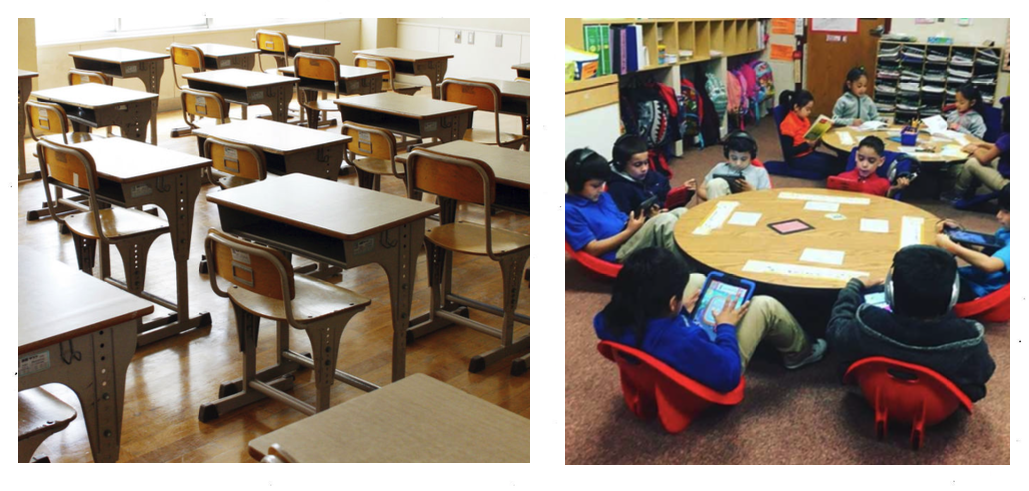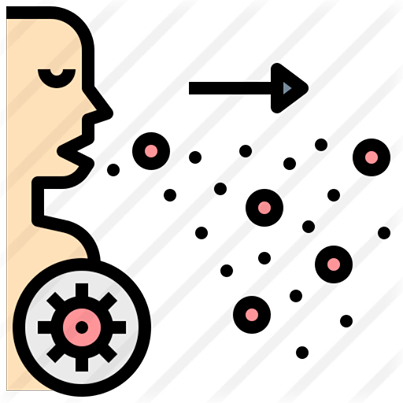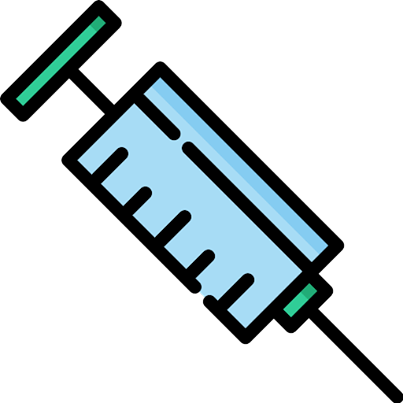Model Features
Seating Arrangements
Since GeoACT is spatially explicit in nature, the model can estimate differences in transmission from changes in the micro-spatial environment. Thus, the school model can be used to model changes in COVID-19 transmission from changes in classroom furniture layouts. GeoACT currently supports individual and circular desk based seating plans which are used to populate students in a classroom.


Bus Routes
Tracking COVID-19 spread outside of school is also integral to the applicability and usability of the model. COVID-19 can transmit in busses, and with the use of bus route data and transmission rates in various regions, GeoACT can accurately simulate COVID-19 spread in a bus environment.
Aerosol Transmission
COVID-19 can transmit through aerosol particles. By using sophisticated fluid dynamics models, GeoACT changes the rate of COVID-19 spread based on different aspects of a room, such as size and airflow.


Vaccinations
Vaccinating against COVID-19 can slow its transmission in a population. As more and more people get vaccinated, GeoACT now has the capability to account for these vaccinations and slow the simulated spread of COVID-19 accordingly.